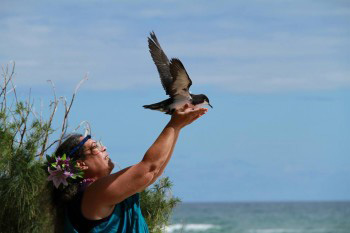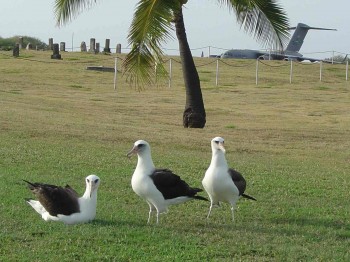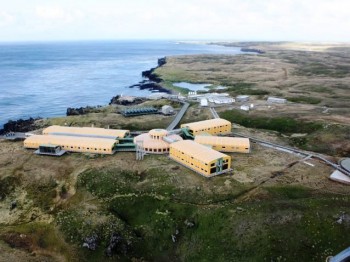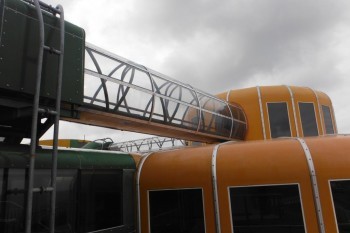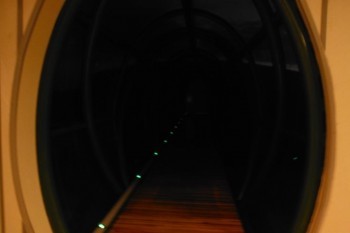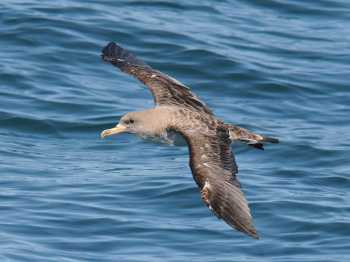Jill Awkerman (US Environmental Protection Agency, Gulf Breeze, Florida, USA) and colleagues have published in the Journal of Ornithology on contrasts between foraging by Waved Albatrosses Phoebastria irrorata from the Galápagos and from Isla de la Plata.
The paper’s abstract follows:
“To determine the proximate consequences of the limited breeding distribution of the critically endangered Waved Albatross (Phoebastria irrorata), we present continuous breeding season GPS tracks highlighting differences in behaviour, destinations, and distances travelled between three distinct colonies: two in Galápagos and one closer to the South American continent on Isla de la Plata, where a small number of pairs nest. Accelerometer data paired with GPS locations allowed operational classifications of Waved Albatross behaviour. All birds from Galápagos travelled eastward to the continental shelf and foraged southward along the Peruvian coast. Birds from Isla de la Plata made more and shorter foraging trips and used habitat north of the destinations of Galápagos birds. La Plata birds foraged in areas through which Galápagos birds commuted, and had slower average flight speeds and shorter commutes. Overall, albatrosses from La Plata might operate under a consistently lower return but they also incur lower costs compared to birds from Galápagos, which take fewer trips involving longer time investment. Galápagos birds may be able to forage more effectively based on more abundant or more profitable food patches in those highly productive areas. Foraging destinations of birds from the two Galápagos colonies were similar and overlapped areas that presented localized mortality risk from artisanal fisheries in previous years. This study, performed across the species’ breeding range, reveals the different foraging distribution of La Plata albatrosses and the potential conservation value of this small colony in terms of maintenance of spatial diversity and behavioural plasticity.”
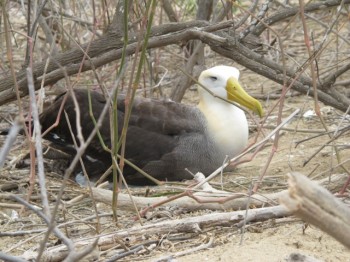
Waved Albatross on Isla del Plata, photograph by Sebastian Cruz
Reference:
Awkerman, J.A., Cruz, S., Proaño, C., Huyvaert, KP., Uzcátegui, G.J., Baquero, A., Wikelski, M. & Anderson, D.J. 2014. Small range and distinct distribution in a satellite breeding colony of the critically endangered Waved Albatross. Journal of Ornithology 155: 367-378.
John Cooper, ACAP Information Officer, 27 April 2014

 English
English  Français
Français  Español
Español 

